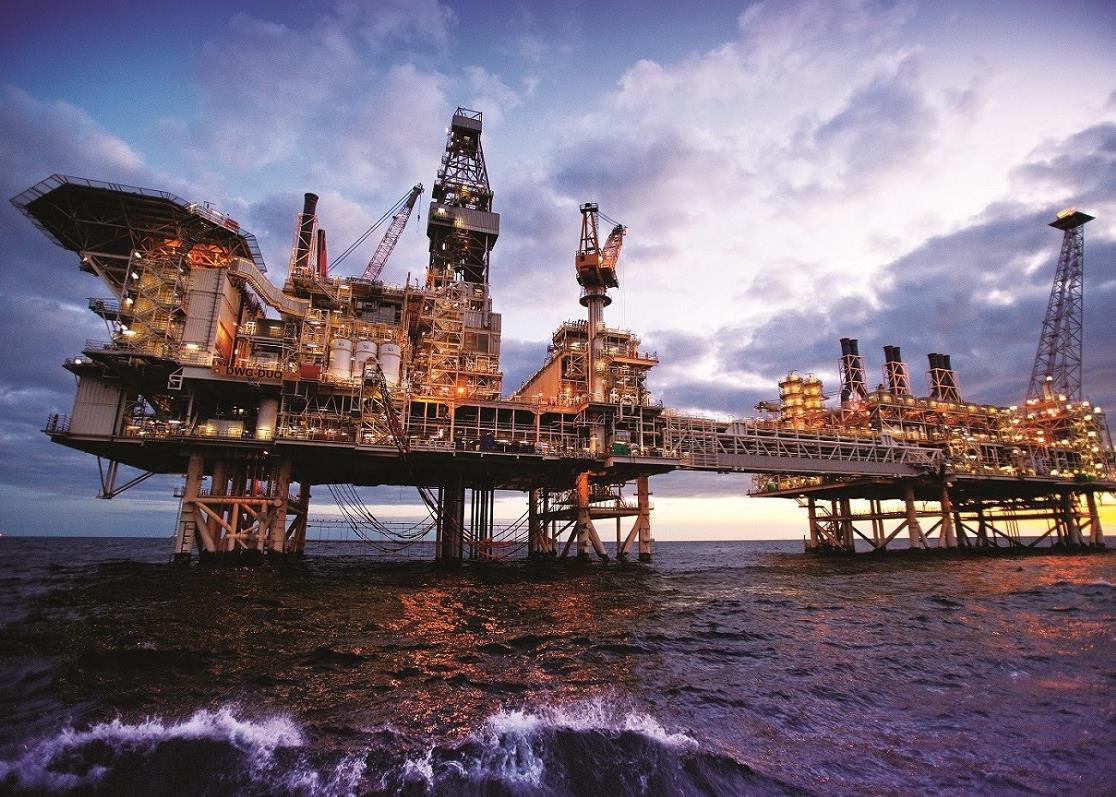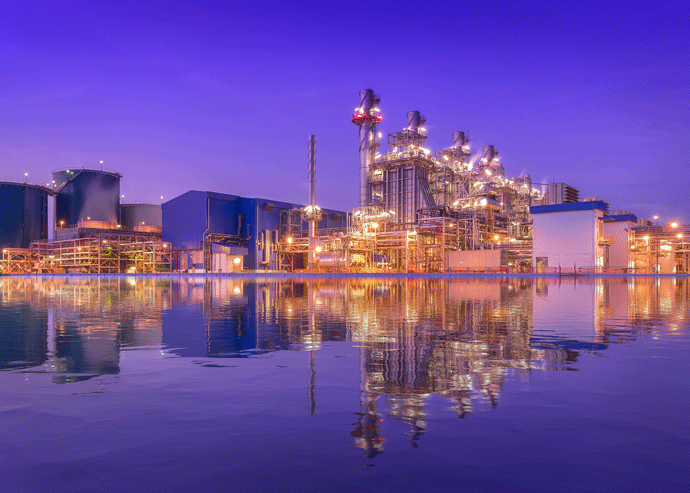
Adnoc plans to raise output by 400,000 barrels a day and increase downstream capacity
The Supreme Petroleum Council Abu Dhabis highest oil and gas governing body has approved state oil producer Abu Dhabi National Oil Companys (Adnocs) five-year plan to boost oil production and increase downstream capacities by 2018.
Under the approved plan, Adnoc will increase production by 400,000 barrels a day (b/d) to 3.5 million b/d in 2018. According to secondary source data from Opec, the UAE produced 2.95 million b/d in August 2016.
The approval of the strategy comes weeks before Opec producers are set to convene in Vienna to discuss production cuts to stabilise oil prices.
Major regional oil producers announced days prior to Abu Dhabis announcement that they are seeking exemption from possible cuts Iraq to aid its fight against the jihadist group Islamic State in Iraq and Syria (Isis) and Iran to regain market share that was lost during its sanction years.
The expansion is that of capacity, so it doesnt necessarily clash with Opec, explains Robin Mills, CEO at Dubai-based consultancy Qamar Energy.
There could be an argument that by 2018, the market could be needing more oil anyway, but it is interesting that it makes it one more Opec member along with Iran and Iraq, which is increasing capacity significantly during this period.
It also depends on the Opec deal; if it breaks down, it gives them the ability to increase their production.
Meanwhile, Abu Dhabi has not slowed down its upstream production. Earlier this month, Al-Dhafra Petroleum Operations Company which is 60 per cent owned by Adnoc invited bids to develop its Haliba onshore oil fields. The remaining stake is held by South Koreas Korea National Oil Corporation (KNOC) and GS Energy.
Under the new CEO, Sultan al Jaber, who was appointed in February 2016, Adnoc has undertaken a raft of measures to reduce costs and streamline production to maintain efficient production during the downturn.
In October, Adnoc announced it would merge its two largest offshore producers into one entity by early 2018. Abu Dhabi Marine Operating Company (Adma-Opco) will be merged with Zakum Development Company (Zadco) to create a company with an estimated capacity of 1.2 million barrels.
Another merger estimated at $125bn is that of International Petroleum Investment Company (Ipic) and Mubadala Development Company, announced in late June. The timeline for the merger was not available, but the new entity will be a hybrid of refining and distribution as well as manufacturing.
I think the Supreme Councils approval is not unexpected, says Mills.
The new CEO has been very active and has made a lot of changes with the full support of the leadership. So its not such a surprise that it [the plan] has been approved.
According to the approved plan, in the downstream sector, Abu Dhabis ambitions include becoming a leading global producer of sulphur. Adnoc plans to support the development of the local sulphur products industry, including enhancing the existing ammonia and urea industry.
Gasoline production is set to increase to 10.2 million tonnes a year (t/y) by 2022, as the emirate hopes to stretch the margin of every refined barrel of oil. The statement from the council added that the gasoline output will increase on the back of Abu Dhabis major gasoline and aromatics project. However, the project to build a petrochemicals plant in the west of the emirate has been placed on hold since earlier this year.
Petrochemicals production is also set to grow from 4.5 million t/y this year to 11.4 million t/y by 2025. The expansion will add polyolefin capacity and new petrochemical products from a mixed feed liquid cracker.
A gas masterplan has also been approved to ensure economical and sustainable gas supplies, the council added.
Abu Dhabis approval to improve production and increase downstream capabilities will come as a relief to oil and gas services firms operating in a rather dry energy investment landscape.
If you look at the big service companies, the Middle East has been a strong region for them, says Mills.
Halliburton and Schlumberger were earning about a quarter of their revenues from this region. Its the one region that has held up really well in terms of spending during the current slump.
You might also like...

Adnoc Offshore awards Upper Zakum contract
17 April 2024

Oman awards Batinah coastal road contract
17 April 2024

Oman appoints Al Khuwair Downtown project manager
17 April 2024
A MEED Subscription...
Subscribe or upgrade your current MEED.com package to support your strategic planning with the MENA region’s best source of business information. Proceed to our online shop below to find out more about the features in each package.




